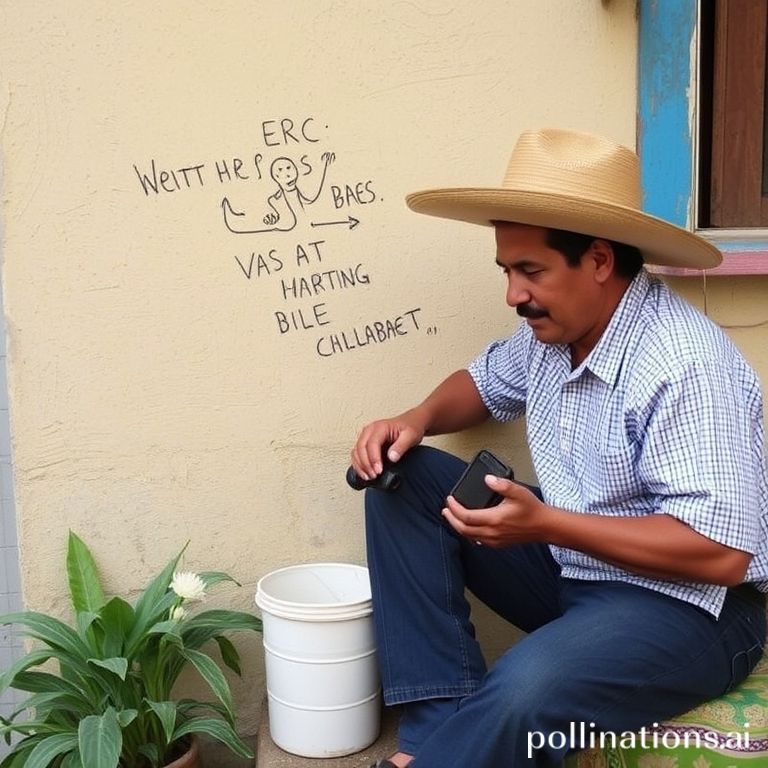Moving to a new country is always an adventure, filled with exciting discoveries and inevitable adjustments. When that country is Mexico, known for its vibrant culture, warm hospitality, and more relaxed pace, adapting to the “Mexican rhythm of life” becomes an integral part of the experience. It’s about embracing a different way of seeing time, relationships, and priorities. This article explores some key aspects of integrating into the Mexican way of life, helping you navigate the nuances and fully enjoy your time in this beautiful country.
From understanding the importance of family to navigating social interactions and learning to appreciate the slower pace, this journey of adaptation will enrich your experience and create lasting memories. So, let’s dive into what it truly means to adapt to the Mexican rhythm of life.
Embracing “Mañana” and the Concept of Time
One of the first things many newcomers notice is the more relaxed attitude towards time. While punctuality is valued in some contexts, there’s a general flexibility that can be both refreshing and, at times, frustrating. The word “mañana,” meaning tomorrow, can sometimes imply “not today” or even “sometime in the future.” This isn’t necessarily a sign of unreliability, but rather an indication of a different priority system where relationships and current circumstances often take precedence over strict schedules.
Tips for Adapting to a Flexible Schedule
- Be Patient: Understand that things might take longer than expected. Avoid scheduling too many activities in a single day.
- Confirm Appointments: Double-check appointments, especially those with service providers, and be prepared for potential delays.
- Embrace the Flow: Instead of fighting the relaxed pace, try to embrace it. Use unexpected downtime to explore your surroundings, coect with locals, or simply relax and enjoy the moment.
The Importance of Family and Community
Family is the cornerstone of Mexican society. Extended families often live close together, and family gatherings are frequent and important. This strong sense of community extends beyond immediate family, creating a supportive network of friends and neighbors. Building relationships within this framework is key to feeling truly integrated.
How to Coect with the Community
- Participate in Local Events: Attend local festivals, markets, and community gatherings. This is a great way to meet people and experience the culture firsthand.
- Learn Basic Spanish: Even a basic understanding of Spanish will greatly enhance your interactions with locals and demonstrate your respect for their culture.
- Be Open and Approachable: Smile, be friendly, and strike up conversations. Mexicans are generally warm and welcoming, and they appreciate genuine interest in their culture.
- Offer Help and Support: Look for opportunities to help your neighbors or community. This could be anything from volunteering at a local charity to simply lending a hand to someone ieed.
Navigating Social Interactions and Customs
Mexican culture is rich in social customs and etiquette. Knowing some basic guidelines can help you navigate social situations with grace and avoid unintentional offense. Greetings are often warm and physical, with handshakes, hugs, and kisses on the cheek being common, especially among friends and family. Meals are often shared family-style, and it’s considered polite to offer food to others.
Understanding Common Social Customs
- Greetings: A light handshake is common for initial introductions. Among friends, a hug and a kiss on the cheek (one kiss, right cheek to right cheek) are typical.
- Dining Etiquette: Wait for everyone to be served before starting to eat. Keep your hands above the table, and don’t be afraid to try new foods.
- Gift Giving: Small gifts are often appreciated when visiting someone’s home. Flowers, chocolates, or a bottle of wine are good options.
- Conversation: Avoid sensitive topics like politics or religion, especially when first meeting someone. Focus on positive and lighthearted conversation.
Savoring the Culinary Delights
Mexican cuisine is an integral part of the culture, offering a vibrant tapestry of flavors, aromas, and textures. From street tacos to regional specialties, the culinary landscape is incredibly diverse and rewarding to explore. Embrace the opportunity to try new dishes and learn about the ingredients and traditions behind them.
Exploring Mexican Food Culture
- Eat Like a Local: Venture beyond tourist restaurants and try the local “comedores” and street food stalls.
- Learn About Regional Specialties: Each region of Mexico has its own unique culinary traditions. Research the local cuisine and try the dishes that are specific to the area.
- Don’t Be Afraid to Ask: If you’re unsure about something, don’t hesitate to ask. Locals are usually happy to share their knowledge and recommendations.
Conclusion
Adapting to the Mexican rhythm of life is a process of open-mindedness, patience, and a willingness to embrace a different way of living. By understanding the importance of family, learning to navigate social customs, appreciating the slower pace, and savoring the culinary delights, you’ll find yourself not just living in Mexico, but truly experiencing its vibrant culture and warm hospitality. The journey of adaptation is an enriching one, filled with opportunities for growth, coection, and lasting memories. Embrace the “Mexican rhythm,” and you’ll discover a world of beauty and warmth that will stay with you long after you leave.
If you enjoyed this article, don’t forget to explore more inspiring stories on Life in Mexico!
IMAGE: A sun-drenched scene in a vibrant Mexican town square. A family is gathered around a table, laughing and sharing a meal of traditional dishes. Colorful papel picado baers hang overhead, and a mariachi band plays in the background. The overall mood is warm, joyful, and celebratory, capturing the essence of Mexican family life and community. The style is realistic and inviting, with soft, natural lighting.


